The Dominican Republic History is a rich tapestry woven with the threads of indigenous cultures, European colonization, struggles for independence, political turmoil, and cultural diversity. Situated on the island of Hispaniola in the Caribbean, the Dominican Republic shares its history with Haiti, its neighboring nation on the same island. This comprehensive exploration will delve into key periods and milestones, unraveling the layers of the Dominican Republic’s complex and fascinating history.
Pre-Columbian Hispaniola:
Long before the arrival of Christopher Columbus, the island of Hispaniola was inhabited by indigenous peoples, primarily the Taíno. These Arawakan-speaking peoples thrived in the lush landscapes of the Caribbean, cultivating crops like maize, cassava, and sweet potatoes. They also engaged in fishing and hunting.
The Taíno society was organized into chiefdoms, and they had a sophisticated system of governance and spirituality. However, the encounter with European explorers would irrevocably alter their way of life.
Columbus and Spanish Colonization (15th – 16th centuries):
Christopher Columbus arrived on the shores of the island of Hispaniola on December 5, 1492, during his first voyage to the Americas. The Spanish Crown, eager to capitalize on the newfound lands, initiated the colonization of the Caribbean. In 1496, Bartholomew Columbus, Christopher’s brother, founded the first European settlement on Hispaniola, calling it La Isabela.
Spanish colonization brought significant changes to the indigenous societies. The Taíno population was subjected to forced labor, exploitation, and exposure to European diseases, leading to a rapid decline in their numbers. The Spanish, facing labor shortages, introduced African slaves to work in the sugarcane fields and mines.
Santo Domingo, founded in 1498, became the first permanent European settlement in the Americas and served as the capital of the Spanish colony of Santo Domingo, encompassing present-day Dominican Republic and Haiti.
The island became a crucial hub for Spanish colonial activities, serving as a base for further explorations and conquests in the Americas. The wealth generated from Hispaniola played a significant role in financing Spain’s imperial ambitions.
French and Spanish Control (17th – 18th centuries):
During the 17th century, the western third of Hispaniola came under French control. The French colony, known as Saint-Domingue (present-day Haiti), became one of the wealthiest European colonies due to its lucrative sugar production, driven by enslaved African labor.
The eastern part of the island, including present-day Dominican Republic, remained under Spanish control. This division laid the groundwork for the divergent histories and cultural influences of the two nations sharing the island.
In the 18th century, the economic importance of Saint-Domingue led to increased competition between France and Spain. The Treaty of Ryswick in 1697 formalized the partition of Hispaniola, with the western part ceded to France and the eastern part remaining under Spanish rule.
Struggles for Independence (19th century):
The early 19th century brought waves of independence movements across Latin America, influenced by Enlightenment ideals and inspired by the successful revolutions in the United States and France. Hispaniola became a focal point of these movements, but the path to independence was complex.
In 1821, the entire island of Hispaniola successfully achieved independence from Spain under the leadership of José Núñez de Cáceres. However, this newfound independence was short-lived, as internal divisions and the threat of French reoccupation led to the separation of the eastern part of the island from the rest of Hispaniola.
In 1822, Haiti, led by Jean-Pierre Boyer, invaded and annexed the entire island. The annexation was met with resistance in the eastern part, which sought to restore its autonomy. The struggle for independence continued, and in 1844, Juan Pablo Duarte, Francisco del Rosario Sánchez, and Ramón Matías Mella initiated the movement that would lead to the establishment of the Dominican Republic.
On February 27, 1844, the Dominicans declared their independence from Haiti, and the nation was officially established. The newly independent state faced challenges, including internal conflicts and the threat of intervention from Haiti and other regional powers.
Turmoil and Foreign Interventions (19th – 20th centuries):
The 19th century was marked by political instability and foreign interventions in the Dominican Republic. Internal power struggles and conflicts between conservative and liberal factions contributed to a turbulent political landscape.
In 1861, due to economic difficulties and fears of renewed Haitian aggression, the Dominican Republic voluntarily returned to Spanish rule under a treaty with Spain. However, the annexation was deeply unpopular, and in 1865, the Dominican Republic reasserted its independence.
The United States, concerned about European powers establishing a foothold in the Caribbean, took an active interest in the region. In 1916, during a period of political instability in the Dominican Republic, the United States occupied the country. The occupation lasted until 1924, and during this time, the United States implemented economic reforms and infrastructure projects.
The tumultuous political environment persisted into the mid-20th century, with periods of military rule and external influences. The Dominican Republic experienced a brief period of annexation by Spain in the 1860s, followed by U.S. intervention and occupation in the early 20th century.
Trujillo Era (1930 – 1961):
One of the most significant and controversial chapters in Dominican history unfolded during the regime of Rafael Trujillo. Coming to power in 1930, Trujillo established a brutal dictatorship characterized by authoritarian rule, political repression, and the suppression of dissent.
The Trujillo era saw extensive human rights abuses, including the massacre of thousands of Haitians in 1937, known as the Parsley Massacre. Trujillo maintained control through a combination of fear, propaganda, and a pervasive security apparatus.
While the regime oversaw some economic development, it came at the cost of political freedoms and human rights. Trujillo’s iron-fisted rule lasted until his assassination in 1961, leaving a lasting impact on the political culture and collective memory of the Dominican Republic.
Post-Trujillo Era and Democratic Struggles (1961 – 1996):
The assassination of Trujillo in 1961 led to a period of political instability and internal power struggles. The Dominican Republic witnessed a series of short-lived governments, military coups, and political unrest.
In 1965, the country experienced a brief but intense civil conflict known as the Dominican Civil War. The conflict involved internal political factions and intervention by the United States, aiming to prevent the establishment of a communist government. The U.S. intervention marked a controversial episode in Dominican history and left a lasting impact on U.S.-Dominican relations.
The post-Trujillo era saw a struggle for democratic governance, with the Dominican Republic oscillating between periods of civilian rule and military interventions. The 1978 constitution marked a step toward democratic reforms, but political stability remained elusive.
The 1996 presidential election marked a turning point with the victory of Leonel Fernández, who began a period of relative political stability and economic growth. Fernández, and subsequent leaders, focused on economic reforms, modernization, and attracting foreign investment.
Contemporary Dominican Republic (1996 – Present):
In recent decades, the Dominican Republic has experienced economic growth, improved infrastructure, and increased foreign investment. The tourism sector, in particular, has become a major contributor to the country’s economy, with the development of resorts and infrastructure to accommodate international visitors.
The political landscape has seen shifts between different political parties, each addressing issues of governance, economic development, and social challenges. Challenges such as poverty, inequality, and environmental concerns persist, but the Dominican Republic has made strides in improving social indicators and promoting sustainable development.
Cultural diversity remains a hallmark of the Dominican Republic, with influences from indigenous, African, and European roots. The country has produced notable figures in literature, music, and the arts, contributing to its vibrant cultural identity.
However, the nation continues to grapple with socio-economic challenges, including issues of corruption, poverty, and access to education and healthcare. The complex relationship with Haiti, its neighbor on the island of Hispaniola, has also shaped diplomatic dynamics and regional cooperation.
Conclusion:
The history of the Dominican Republic is a complex narrative that unfolds across centuries, marked by the legacies of indigenous cultures, European colonization, struggles for independence, political turmoil, and the quest for democratic governance. The nation’s story is intertwined with the broader history of the Caribbean and Latin America, reflecting the region’s diversity, challenges, and resilience.
From the encounters between indigenous peoples and European explorers to the tumultuous era of Trujillo’s dictatorship and the ongoing efforts to build a democratic and prosperous nation, the Dominican Republic’s history is a testament to the endurance of its people and their ability to navigate complex historical currents.
As the Dominican Republic moves forward in the 21st century, it faces the challenges and opportunities of a rapidly changing world. The pursuit of economic development, social justice, and political stability remains central to the aspirations of the Dominican people. The nation’s history, with its triumphs and tribulations, serves as a foundation for shaping a future that embraces the principles of democracy, human rights, and inclusive development.


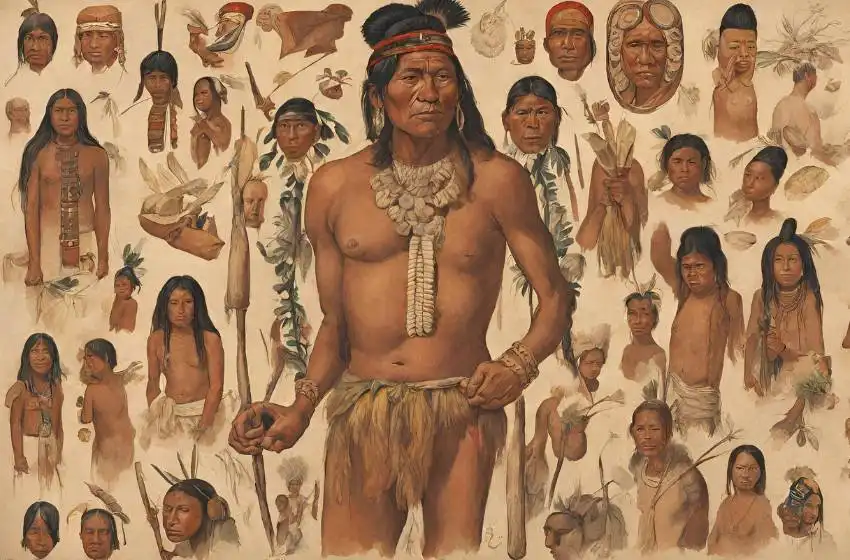
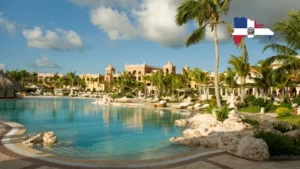
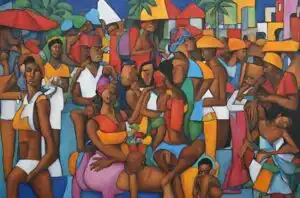


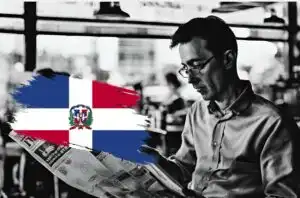
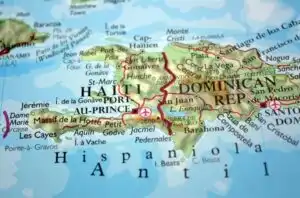
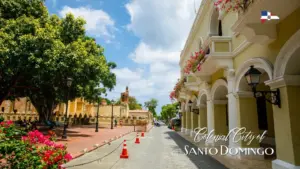
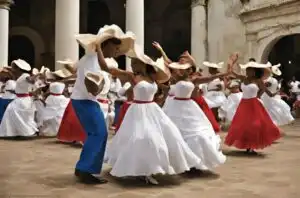

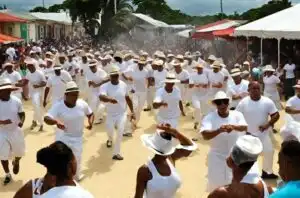

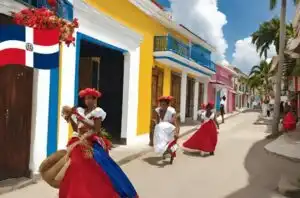

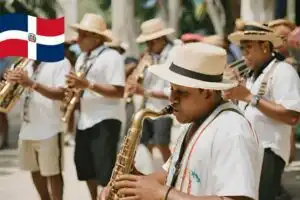
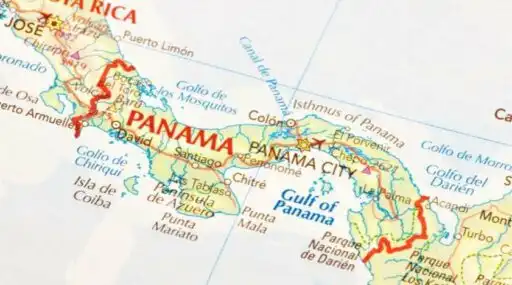

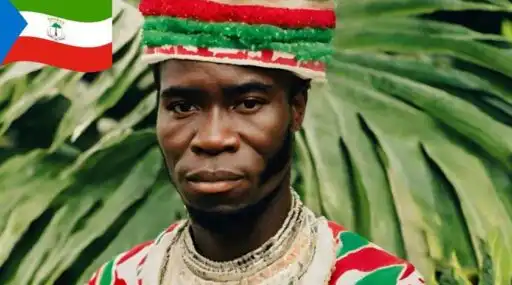
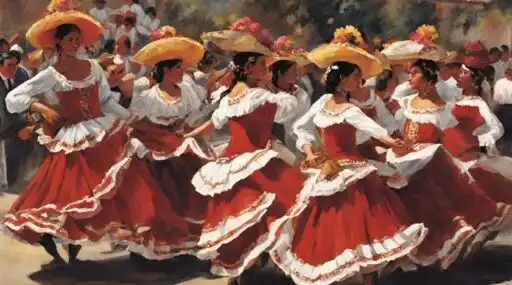


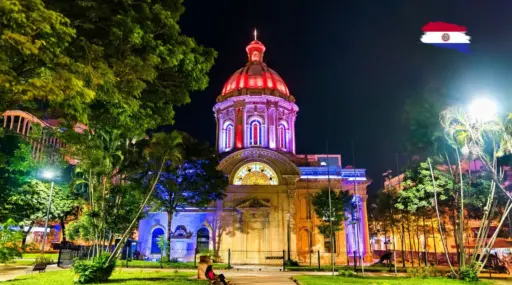







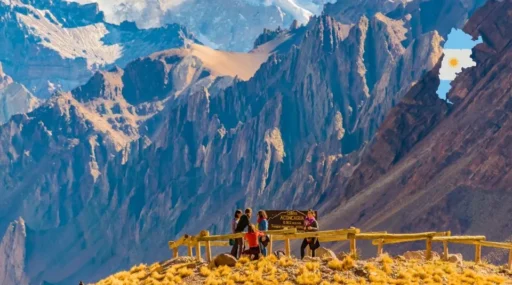


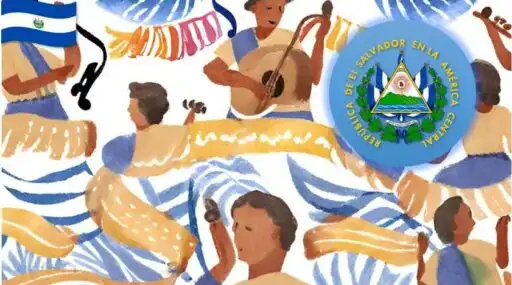

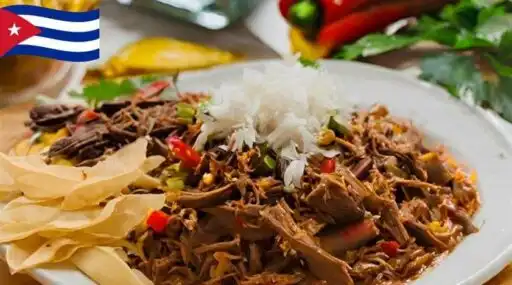
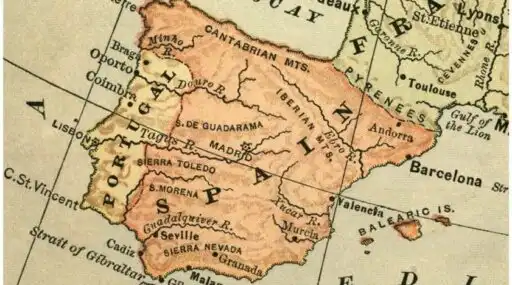
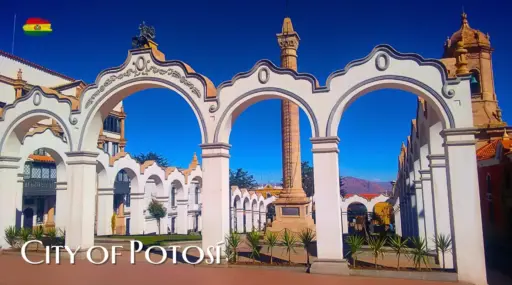
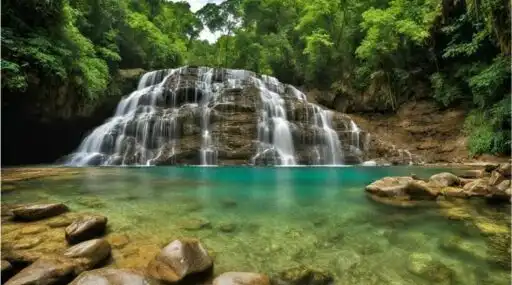
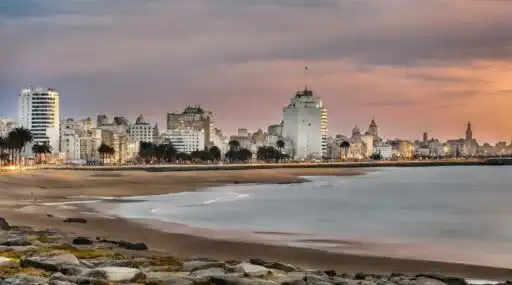
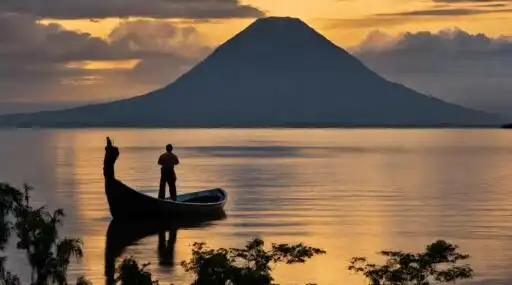
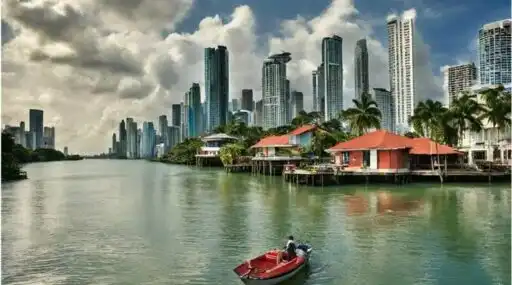


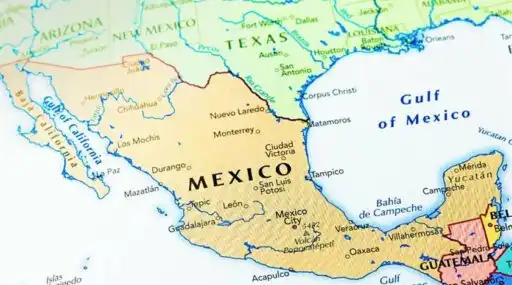
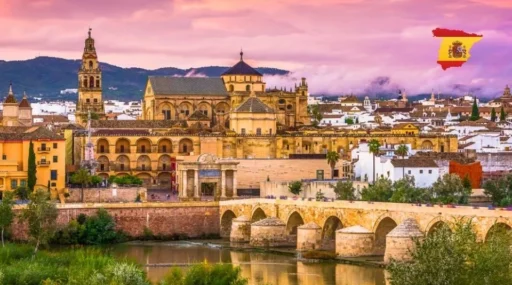
Leave a Reply